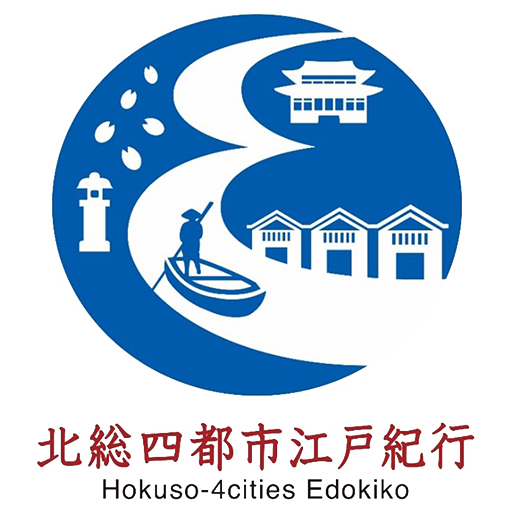Learn about some recommended tour routes for Sakura, Narita, Sawara, and Choshi.
There are so many popular sightseeing destinations!
Discover newfound charm by touring the region’s rich variety of sightseeing destinations that range from historical temples and shrines to modern tourist facilities and seasonal scenery.
Learn about our recommended tour routes that include both regular and unusual destinations!
-

Choshi City
Experience Choshi, a city in blue!
Time:4Hour(s)
Distance:10km
Choshi indigo tie-dying and a blue sea that extends from Kimigahama to Cape Inubo. Recover from travel fatigue with a foot bath or onsen.
-
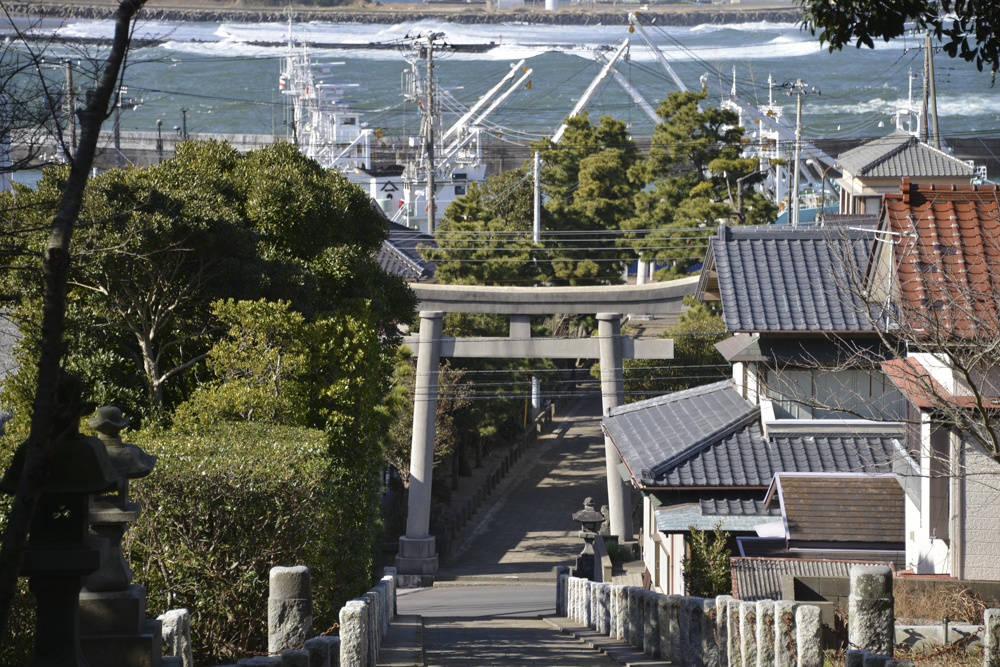
Choshi City
The history of the mouth of Tonegawa River
Time:4Hour(s)
Distance:7km
Walk around Kawaguchi-cho, the neighborhood that surrounds the mouth of the river and retains the appearance of Choshi Minato (Choshi Port).
-
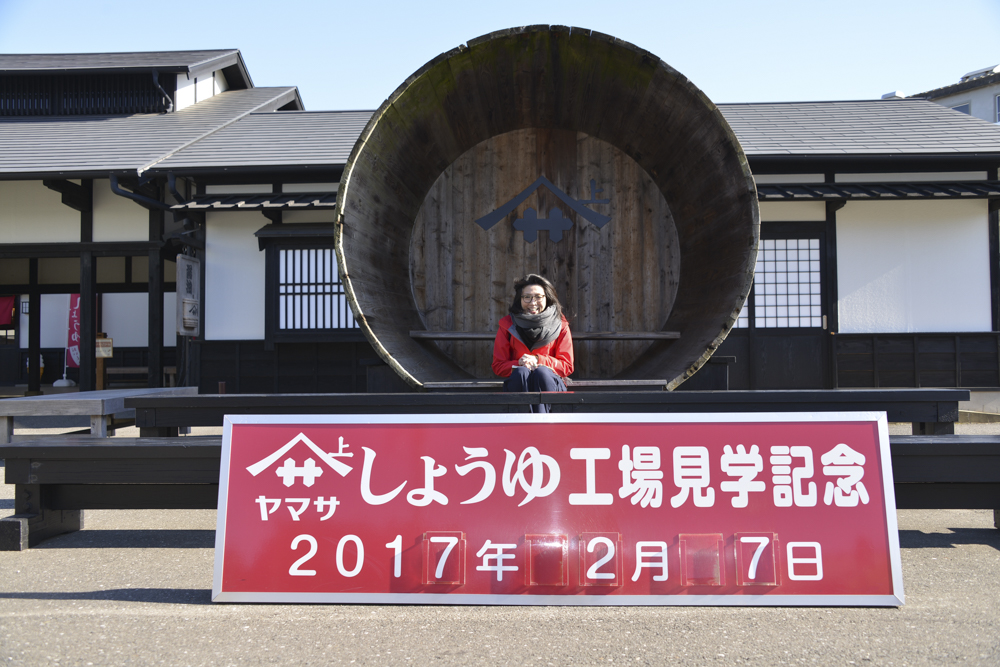
Choshi City
The people of Kishu who built Choshi
Time:4Hour(s)
Distance:6km
Tour sites related to the people who came from Kishu to lay the foundation for Choshi’s development.
-
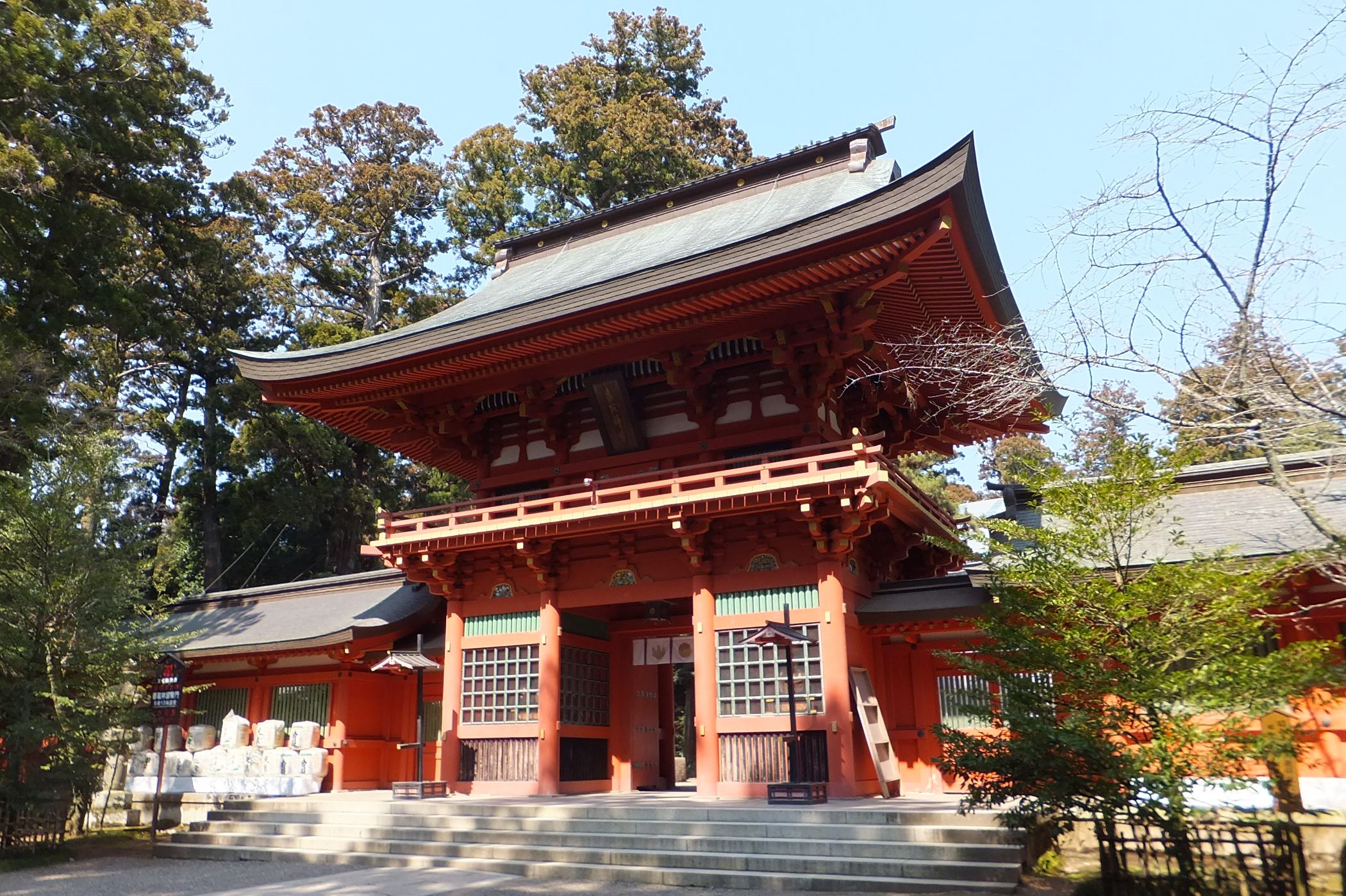
Katori City
The national treasure tour route
Time:2Hour(s)30Minute(s)
Distance:4km
This route lets you tour Katori-jingu Shrine, which possesses and curates national treasures, important cultural properties, and over 200 national and prefectural cultural properties, as well as Ino Tadataka Museum, which also displays items designated as national treasures.
-
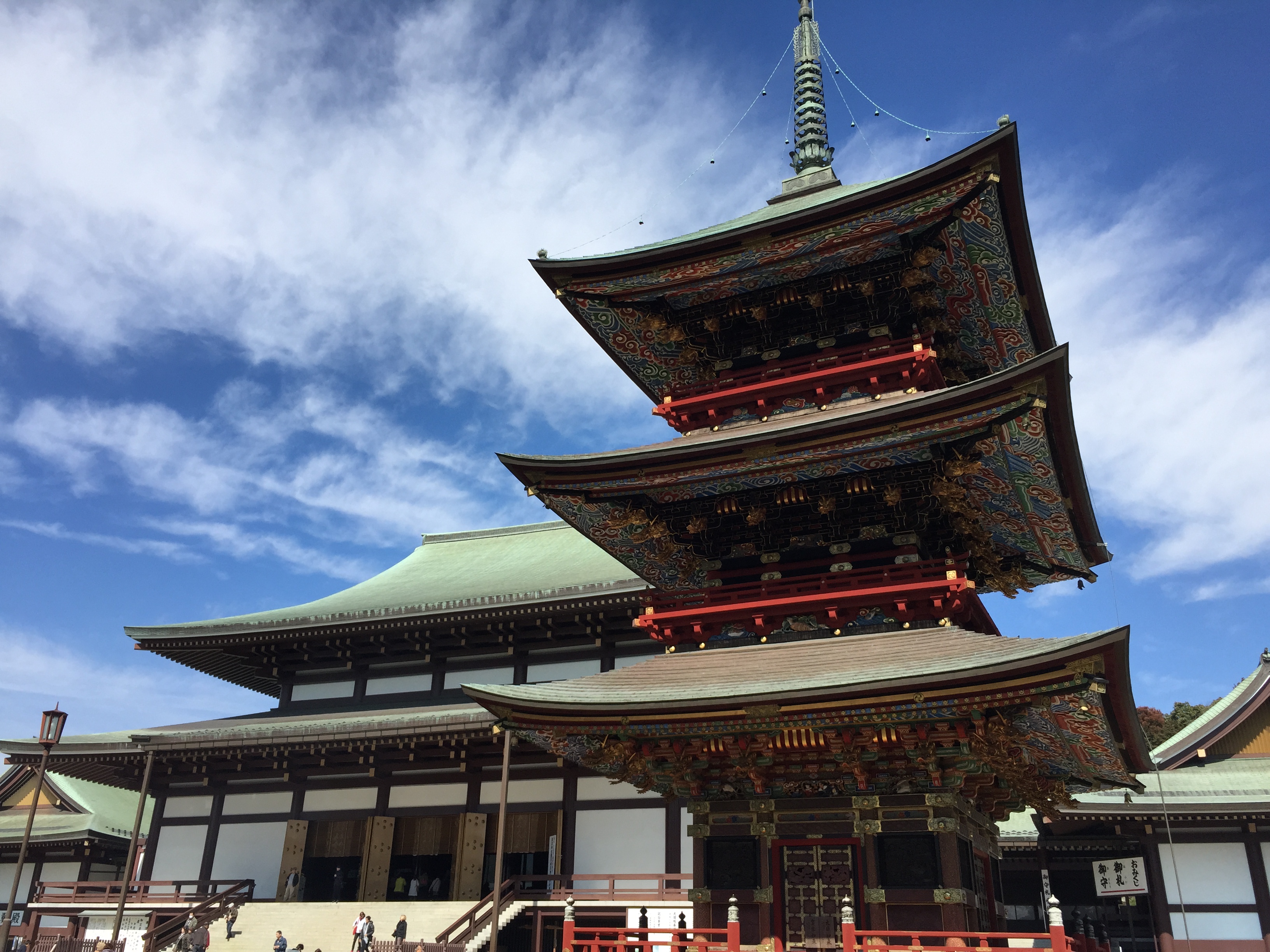
Narita City
The taste-of-Edo tour route
Time:5Hour(s)
Distance:18km
This enriching tour lets you experience the charm of Narita the temple town.
-
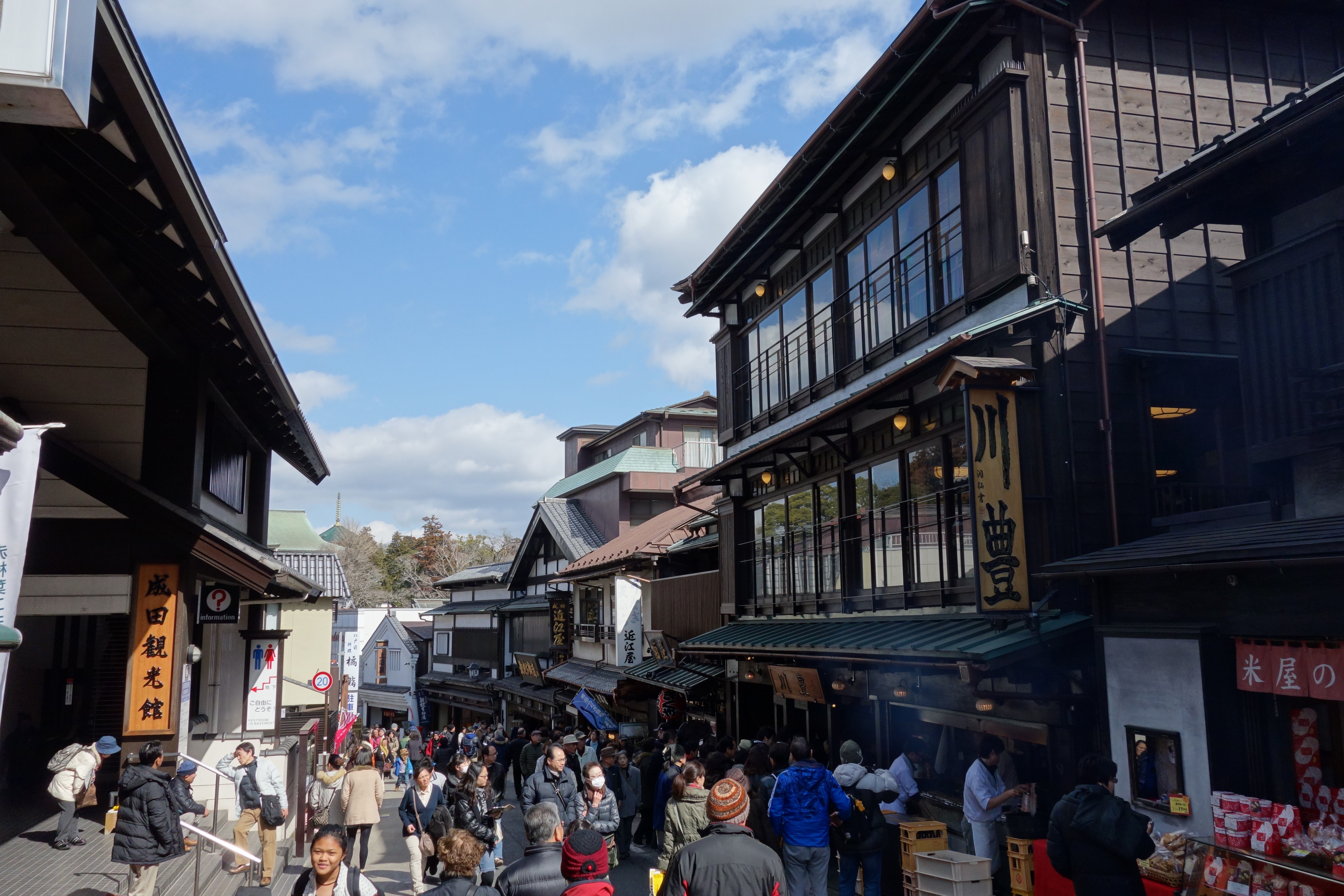
Narita City
The attraction-packed Narita tour route
Time:5Hour(s)
Distance:11km
Narita offers a unique opportunity to watch powerful aircraft take off and land, and visitors can offer prayers for good luck at famous, historic Naritasan Shinsho-ji Temple. It’s also fun to eat while walking along lively Omotesando Street. You can enjoy walking around and trying eel cuisine along Naritasan Omotesando Street. Then, at Naritasan Shinsho-ji Temple, you can participate in the Ogoma ritual and sutra handwriting. Note: Buses are available to take visitors between Narita Airport, Sakura-no-yama Park, and Naritasan Omotesando Street.
-
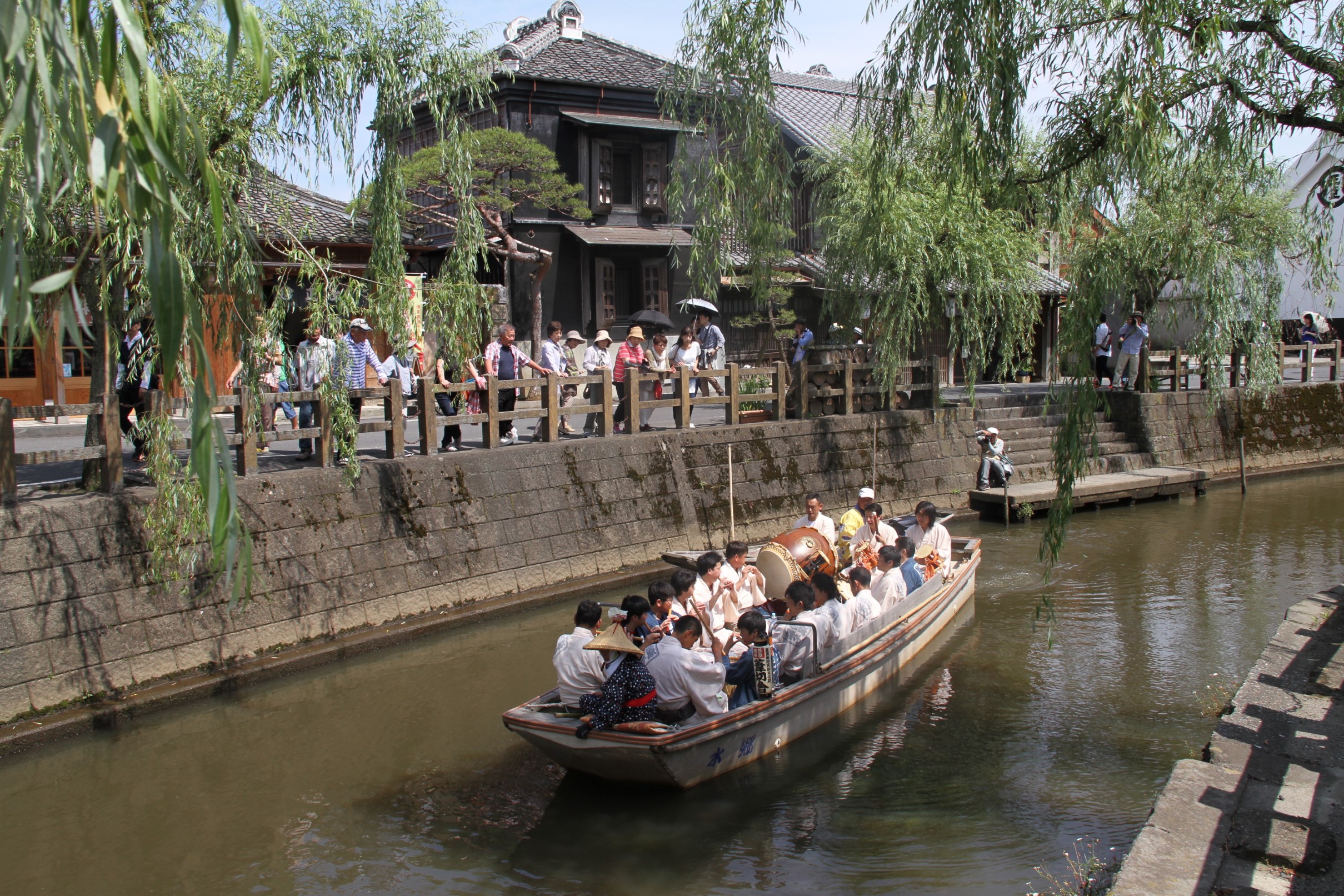
Katori City
Walking the historical district of Sawara
Time:2Hour(s)30Minute(s)
Distance:1km
This route takes you on a tour of Ino Tadataka Museum, which displays items designated as national treasures; the historical district of Sawara, which has been designated a national important preservation district for groups of traditional buildings; and Suigo Sawara Dashi Kaikan, a museum that displays festival floats used in the Sawara Float Festival, which has been registered as a UNESCO Intangible Cultural Heritage.
-
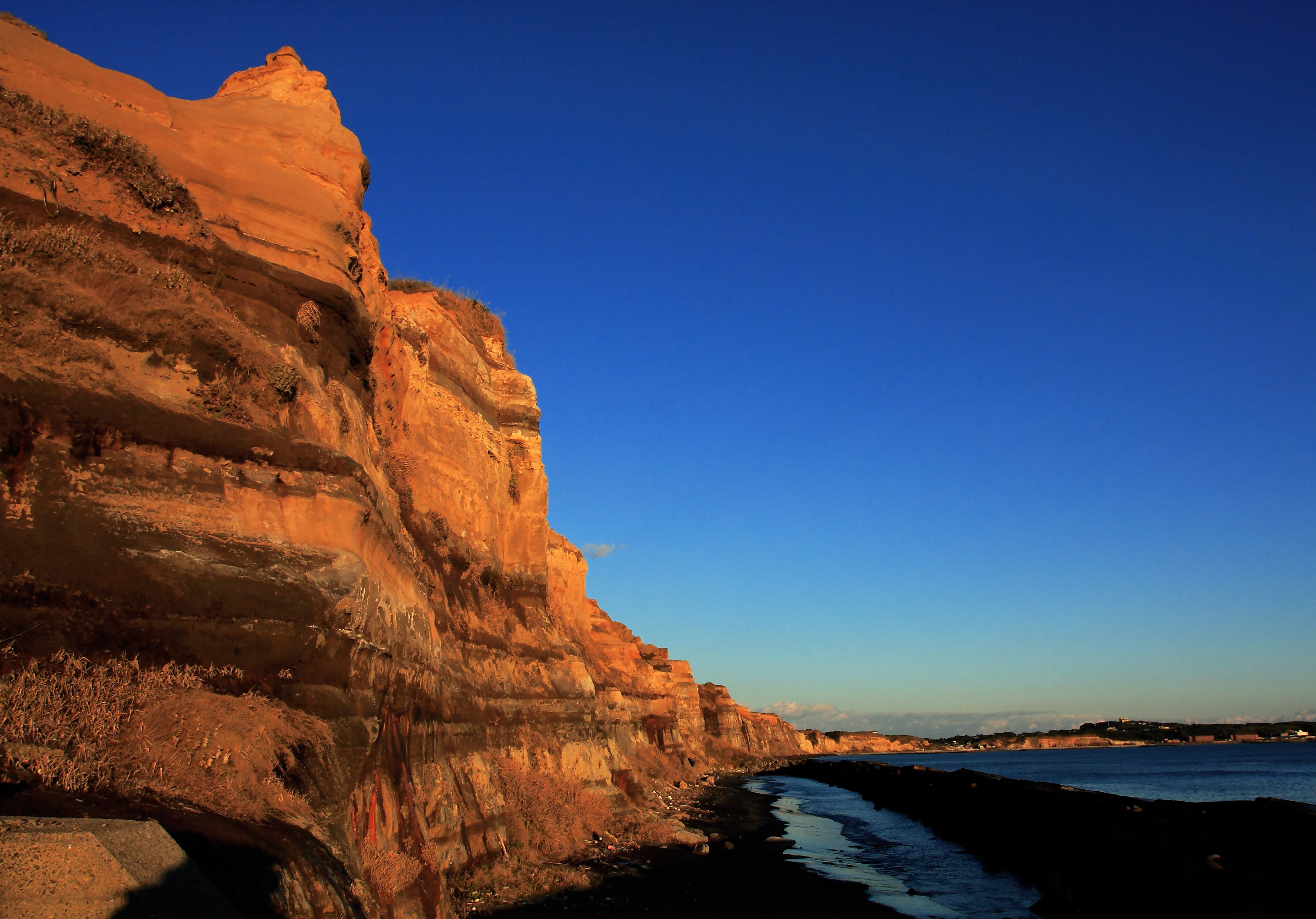
Choshi City
The Choshi beach tour
Time:4Hour(s)
Distance:15km
Rent a bicycle and enjoy a tour of Choshi’s beaches. Enjoy the scenery of a coastline that has inspired so many writers and painters, and try your hand at writing some haiku!


